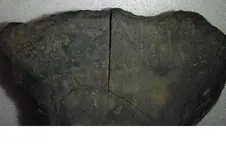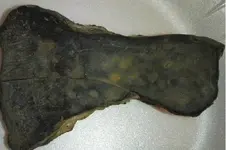Dr.Gomer has a bath that he uses to preserve artifacts mad of bone, shell, etc.....here's a post from another forum dealing with the acetone/duco mix:
"We use Duco glue and Acetone for all our sealing needs both personally and for customers in the majority of situations. I am sending our sealing recipe for dried artifacts. The mixing can be changed if one prefers different finishes. The finish we prefer is basically obtained by mixing one tube of glue per a pint of Acetone. One gallon of Acetone plus 8 tubes of glue should give you enough solution to dip this artifact in. You leave the artifact in the solution until it quits fizzing or bubbling. When you take it out it will dry very quickly and can even be held while it dries. If one has any whitening to appear from moisture still trapped inside one can lightly wipe the areas with Acetone to get rid of. This sealing will not change the looks of the artifact. So however it looks now that is how it will look when done. Only if it is dipped more than once will the outside finish change. Hope this helps. If it ends up being more than you bargained for we can do it for you".....Gomer
"The Duco glue is sold at Wal-Marts, etc. It is in a green and yellow colored tube and costs about $1.29 a tube. This gives pretty much exactly the same results as Butvar and Acetone that Universities use. Butvar leaves a nasty shiny look to everything you use it on! Use the duco acetone mix!".....






